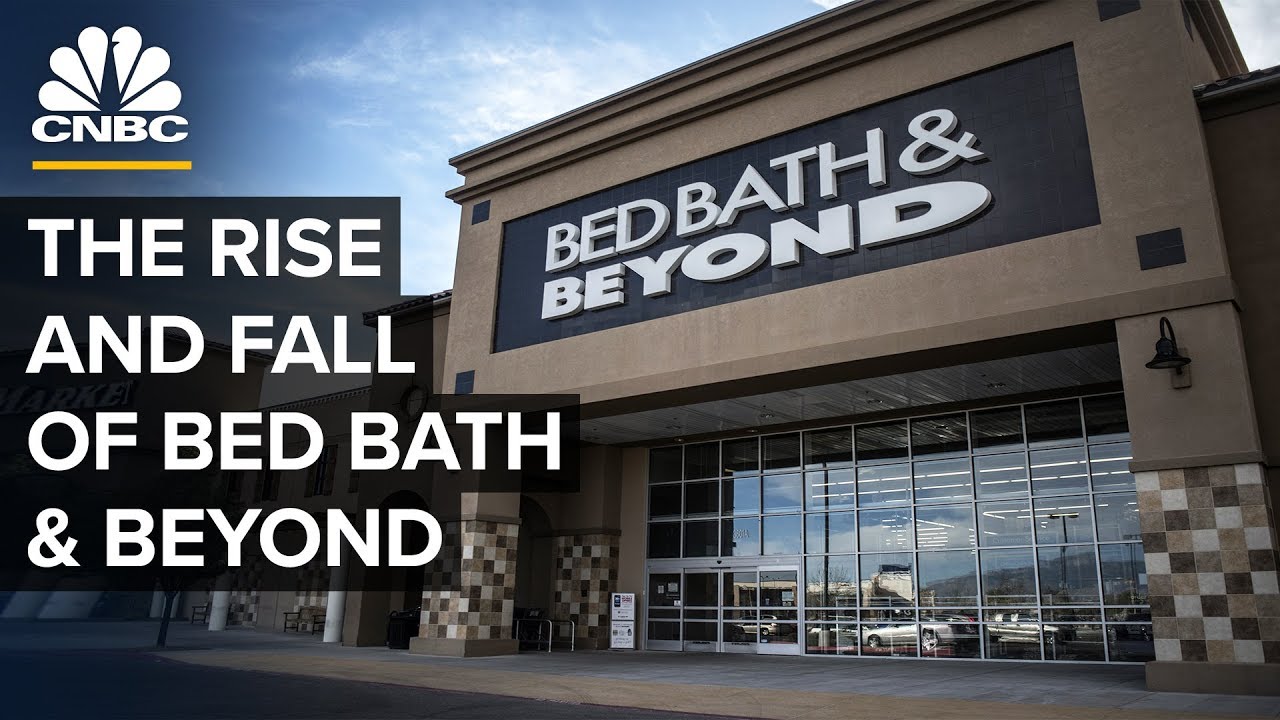Why Bed Bath & Beyond Is Facing Extinction

Bed Bath & Beyond became a massive home goods retailer with a decentralized structure and a focus on keeping customers happy.
In popular imagination, Bed Bath & Beyond is best known for its generous coupon policy. But critics say the once ubiquitous chain ignored the threat from newer, nimbler online rivals like Amazon.
How has increased competition from other brick-and-mortar retailers impacted Bed Bath & Beyond’s business?
Bed Bath & Beyond, a well-known retailer of household goods, is currently facing existential challenges. The company has been struggling to adapt to changing market trends and consumer behavior, and its financial performance has declined significantly in recent years. This article explores some of the key reasons why Bed Bath & Beyond is facing extinction and what it can do to regain relevance and profitability.
One of the primary reasons for Bed Bath & Beyond’s struggles is the rise of e-commerce. Online retailers, such as Amazon, have transformed the way people shop for household goods. Consumers now have convenient access to a wide range of products online, often at lower prices than what physical retailers can offer. Bed Bath & Beyond has been slow to invest in its online presence and has failed to build a strong digital platform that caters to the needs and preferences of modern consumers.
Another challenge facing Bed Bath & Beyond is increased competition from other brick-and-mortar retailers. Companies such as Target and Walmart have expanded their product offerings to include home goods and decor items, often at lower prices than Bed Bath & Beyond. These retailers also offer a one-stop-shop experience for customers, with a wide range of products in different categories all in one store.
In addition, Bed Bath & Beyond’s business model has become outdated. The company has relied heavily on discount coupons and in-store promotions to attract customers. However, this approach has been ineffective in attracting younger consumers who prioritize convenience, quality, and sustainability over price. The company’s reliance on discounts has also made it difficult for them to develop a profitable business model and maintain healthy margins.
Furthermore, Bed Bath & Beyond has a confusing and cluttered store layout, making it difficult for customers to find what they are looking for. This has led to a poor customer experience, resulting in reduced foot traffic and sales.
Despite these challenges, there are several steps Bed Bath & Beyond can take to regain its relevance and profitability. The first is to invest in its online presence and build a digital platform that caters to the needs of modern consumers. The company can also simplify its business model and focus on creating a differentiated customer experience that emphasizes quality and sustainability.
Another critical step is to revamp its product offerings and store layout. By simplifying its inventory and creating a clear store layout, Bed Bath & Beyond can improve the customer experience and increase foot traffic.
In conclusion, Bed Bath & Beyond is facing existential challenges due to its inability to keep pace with changing market trends and consumer behavior. However, by investing in its online presence, simplifying its business model, and revamping its product offerings and store layout, Bed Bath & Beyond can regain its relevance and profitability. The challenge for the company will be to make these changes quickly and effectively before it’s too late.









10 Times Celebs Tried To Fool Us With Photoshop
Stars From Saved By The Bell You Might Not Know Died
Strongest Men VS Strongest Fish
10 Most Shocking Beauty Treatments
Trying IMPOSSIBLE BURGER & BEST Knife Cut NOODLES!